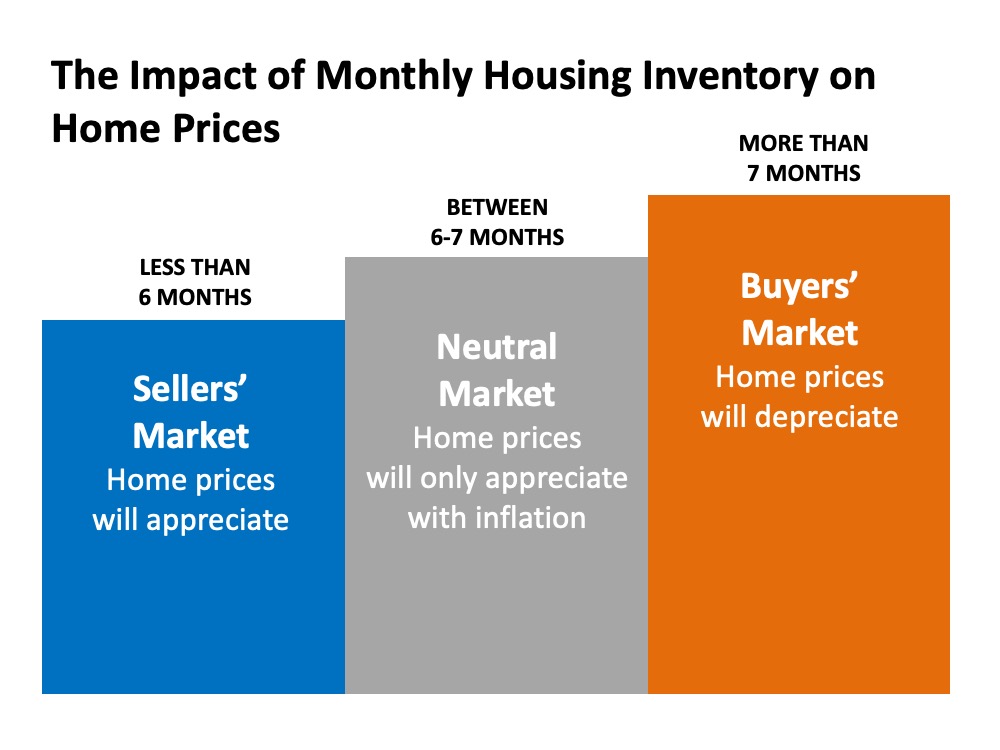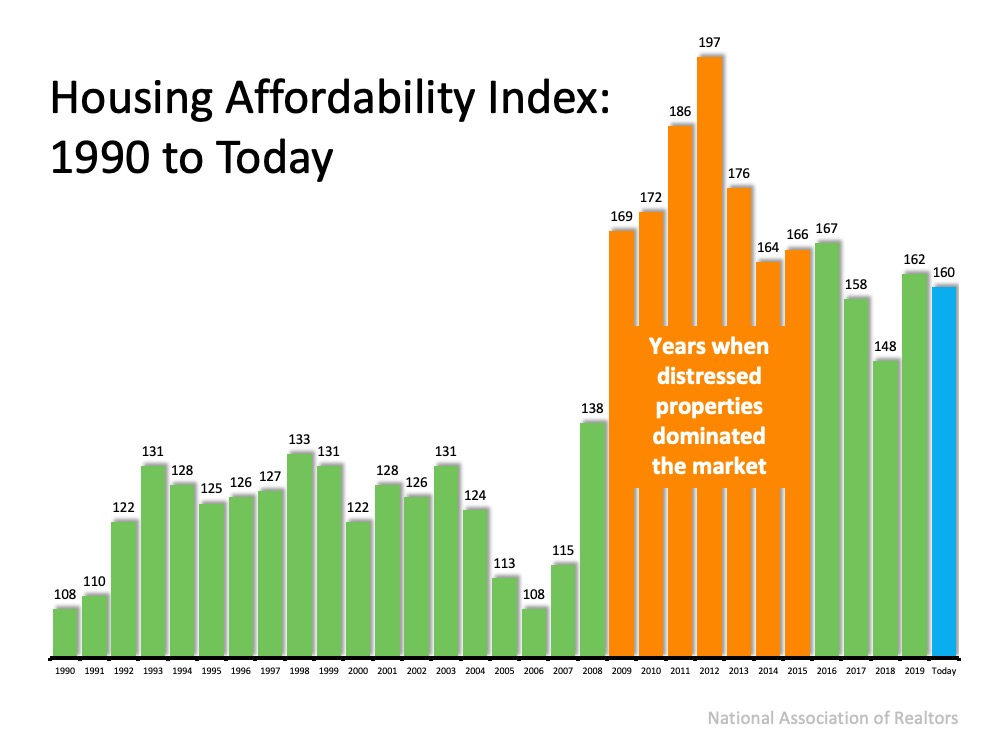5 Steps to Follow When Applying for Forbearance

If you’re currently feeling the stress of affording your mortgage payment, or if you know someone who is, there’s still time to get help. For homeowners experiencing financial hardship this year, the CARES Act provides mortgage payment deferral options, creating much-needed relief in these challenging times.
It’s important, however, to understand how forbearance works. It’s not automatic. You need to take action now and apply for the program before these options expire.
A study by the Urban Institute determined:
“Approximately 400,000 homeowners who became delinquent after the pandemic began have forgone forbearance and become delinquent. These borrowers may not know they are eligible for forbearance.”
Thankfully, there’s still time to apply for forbearance, even if you’re just learning about it now. Doing so may be the game-changer you need to stay in your home, just when you need it most. Mike Fratantoni, Senior Vice President and Chief Economist at the Mortgage Bankers Association (MBA), explained:
“The increase in new forbearance requests may be the result of additional outreach to homeowners who had previously not taken advantage of forbearance opportunities.”
If you need to apply for forbearance but aren’t sure how to begin the process, the Consumer Financial Protection Bureau (CFPB) published 5 steps to follow when requesting mortgage forbearance:
1. Find the contact information for your servicer
Look at your mortgage statement to find the phone number for your servicer (the company you send your mortgage payment to every month). The Consumer Financial Protection Bureau encourages you to use the number on your statement to avoid scams.
2. Call your servicer
Explain your situation so your servicer can determine your best course of action. Be sure to ask any questions you have about the process.
3. Ask if you’re eligible for protection under the CARES Act
The CARES Act protects homeowners with federally backed loans (FHA, VA, USDA, Fannie Mae, and Freddie Mac). In addition, some private servicers are also providing forbearance programs.
4. Ask what happens when your forbearance period ends
Depending on the plan available to you, there are different options you may be able to consider. Your servicer will help you get a better understanding of what’s available.
The CFPB also recommends asking questions like:
- What happens to the payments I miss?
- What are my repayment options?
- When will repayment be due?
- Are there any fees?
5. Ask your servicer to provide the agreement in writing
A written agreement allows you to see exactly what type of program you’re agreeing to. It also helps you make sure it matches what you discuss with your provider over the phone.
Bottom Line
Help is out there for homeowners in need, but it’s important to apply now while this benefit is still available. The Consumer Financial Protection Bureau says: don’t wait, forbearance is not automatic. It must be requested. Reach out to your mortgage provider today so you can get the assistance you need to protect the hard-earned investment you’ve made in your home.
![Winning as a Buyer in a Sellers’ Market [INFOGRAPHIC] | MyKCM](https://files.mykcm.com/2020/12/08151044/20201211-MEM-1046x2448.png)




![The Path to Homeownership [INFOGRAPHIC] | MyKCM](https://files.mykcm.com/2020/12/02204938/20201204-MEM-1046x2259.png)

